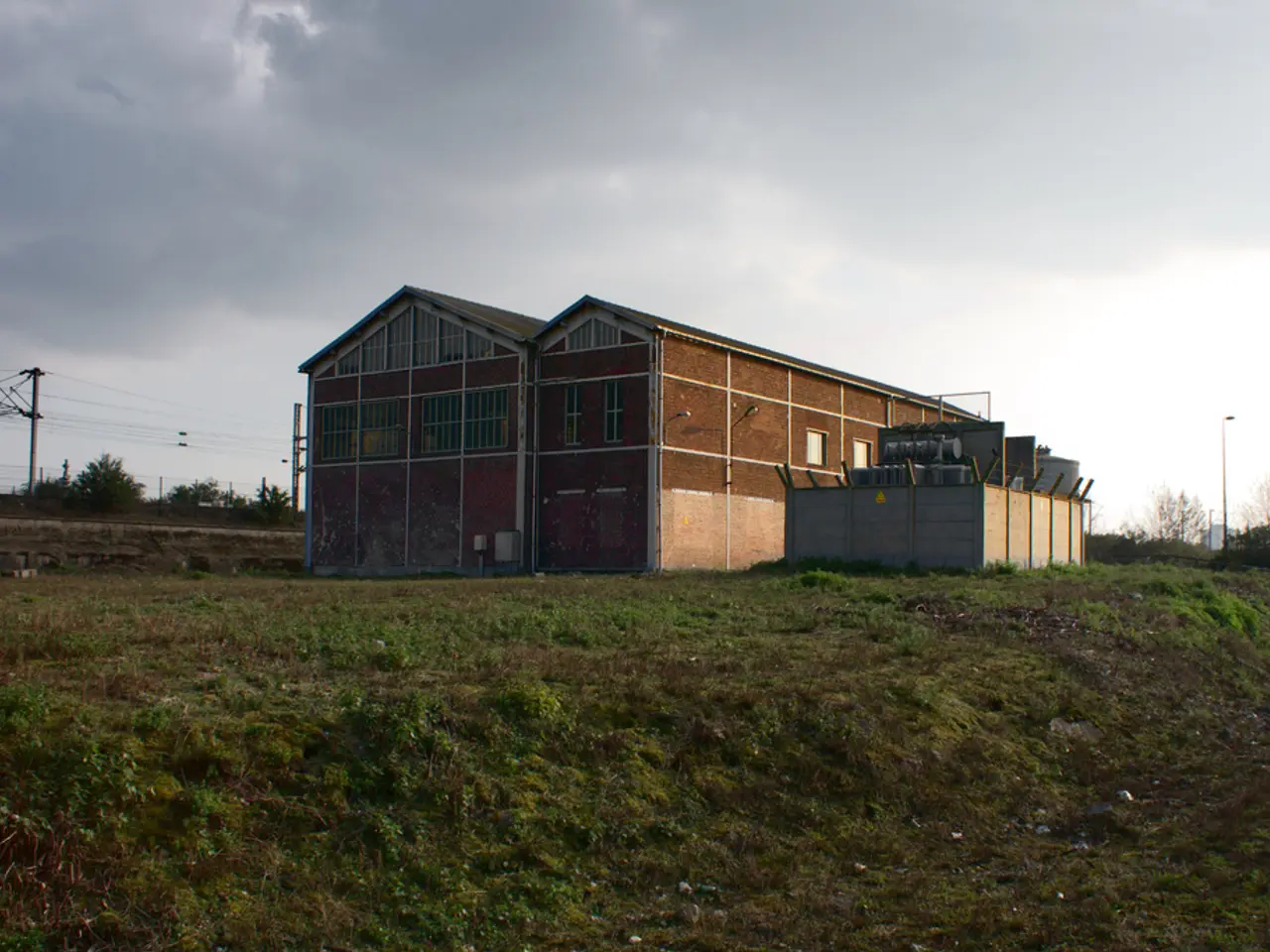Crippling Power Outages Grip Kabul: The Multi-Billion Dollar Plan for Energy Autonomy in Afghanistan Amidst Unrest
Residents in Kabul are urging the Islamic Emirate and the Breshna company to address the ongoing electricity issue, as the city experiences a significant shortage [4]. The problem is compounded by a decrease in imported electricity from neighbouring Tajikistan, which has dropped from around 400 megawatts last summer to 310-320 megawatts this year [5].
The decrease in imported electricity is primarily due to Tajikistan’s internal energy shortages amid rising demand and seasonal constraints [1][3][5]. Tajikistan typically exports about 150 megawatts annually to Afghanistan, but domestic shortages, especially in winter, are causing cutbacks [1][3]. The shortages are related to Tajikistan's internal energy supply problems, likely worsened by increased demand and seasonal factors [1][3].
Afghanistan is also affected by drought and climate change, which reduce hydropower generation locally, increasing dependence on imports while availability from neighbours drops [5]. To cope with shortages, Afghanistan has turned to thermal generators, which are costly and environmentally taxing [5].
In an effort to resolve the electricity crisis, the Ministry of Water and Energy has signed an agreement with a local private company for electricity production projects totaling 10,000 megawatts, valued at 10 billion US dollars [2]. The projects aim to develop electricity from solar, coal, water, wind, and gas sources [6].
Economic experts are emphasizing the need for large-scale investment in domestic energy production to resolve the electricity crisis [7]. Mir Shakir Yaqubi suggested preparing platforms for major investments within the country and offering incentive packages for investors [8].
Saqibullah, a Kabul resident, stated that there is often no electricity in Kabul, and the power problems are serious [4]. The Breshna company is currently able to supply electricity to consumers for 12 to 13 hours daily [9]. However, the company incurs a loss in the area of generating thermal electricity due to the high cost of production and low selling prices [10]. One kilowatt of electricity generated by the Breshna company costs approximately 35 Afghanis, but is sold to the public at various prices ranging from 2.5 to 14 Afghanis, and to industrialists at 6 Afghanis [10].
Barakatullah, another Kabul resident, has asked Breshna to solve the electricity issues to prevent future power shortages [4]. The Breshna company is urged to find a solution to the electricity crisis, as residents continue to struggle with power outages in the city.
[1] Tajikistan Faces Energy Crisis, Reduces Exports to Afghanistan
[2] Afghanistan Signs Agreement for 10,000 Megawatt Electricity Production Projects
[3] Afghanistan's Energy Crisis: Causes and Solutions
[4] Kabul Residents Urge Solutions to Electricity Crisis
[5] Afghanistan Faces Electricity Shortage as Imports from Tajikistan Decrease
[6] Afghanistan's New Electricity Projects to Include Solar, Coal, Water, Wind, and Gas Sources
[7] Economic Experts Emphasize Need for Large-Scale Investment in Domestic Energy Production
[8] Mir Shakir Yaqubi Suggests Preparing Platforms for Major Investments
[9] Breshna Company Able to Supply Electricity for 12 to 13 Hours Daily
[10] Breshna Company Incurs Loss in the Area of Generating Thermal Electricity
Sports are an essential distraction for the residents of Kabul, providing relief from the ongoing electricity crisis in the city [11]. However, the lack of electricity has affected sports facilities, leading to their deterioration and making it difficult for locals to practice sports regularly [12].
To boost the morale of the residents and provide them with a reason to stay hopeful, the government could invest in revitalizing sports infrastructure in Kabul, by addressing the needs of sports facilities and ensuring their smooth functioning [13]. This could create opportunities for the residents to engage in sports, fostering a sense of community and promoting a healthier lifestyle among the populace [14].
[11] Residents of Kabul Seek Solace in Sports Amid Electricity Crisis
[12] Power Outages Affect Sports Facilities in Kabul
[13] Government Infrastructure Investment Needed to Improve Sports Facilities in Kabul
[14] Revitalizing Sports Infrastructure Can Foster Community and Promote Healthier Lifestyles in Kabul






